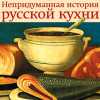Ivan the Terrible has gone down in Russian history as a symbol of unbridled cruelty and unlimited power. But times are changing. In Putin's Russia, people are finding positive qualities in this historical figure.
Sure, he killed thousands of people by torturing them, burning them, and drowning them. But he didn’t do it for himself, they say. He did it for Mother Russia!
As culinary historians, we are always interested in the aspects of history connected with food. We know Tsar Ivan could wield knives and axes. Was that all — or did he know how to hold and use the godless European fork?
Spoons and knives have been on Russian tables since ancient times. Obviously, knives are older. But wooden spoons were clearly in use even before the Christianity came to Rus. The situation with other cutlery and tableware is more complicated. Tablecloths have been known in Russia since at least the 16th century. We know this because there are records describing the boyar Mikhail Vorotynsky returning from exile in 1565 and asking Ivan the Terrible to provide him with the household items that were taken from him during his imprisonment — among them bed linen, dishes and tablecloths.
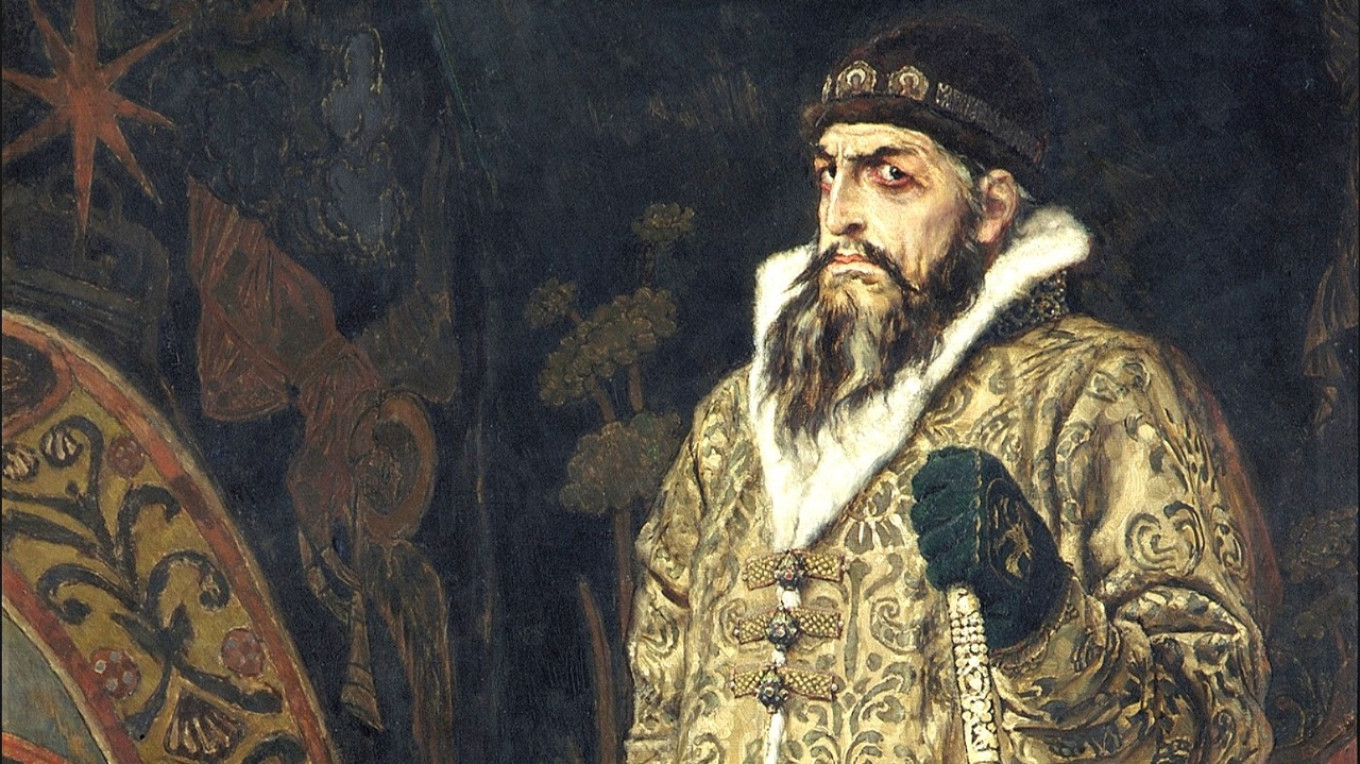
However, even at royal receptions there were no napkins, and the tablecloth barely covered the table. For a more or less formal dinner, a vinegar cruet, pepper shaker, and salt shaker were placed on the table. The richer the house, the more bowls, cups, and dishes there were on the table.
However, one should not confuse the ostentatious wealth of the tsar's table with the availability of useful utensils and tableware. For example, the English ambassador Richard Chancellor was amazed by the splendor of Ivan IV's reception.
“All the dishes and cups for the hundred diners,” he wrote, “were made of pure gold, and the tables were so laden with precious vessels that there was hardly any room left.”
The only problem was the cutlery. The Holy Roman Emperor's ambassador, Daniel Prinz von Buchau, dined with Ivan the Terrible in 1576 and sadly noted that he wasn’t given a plate, knife or fork. He had to borrow them from a boyar sitting next to him.
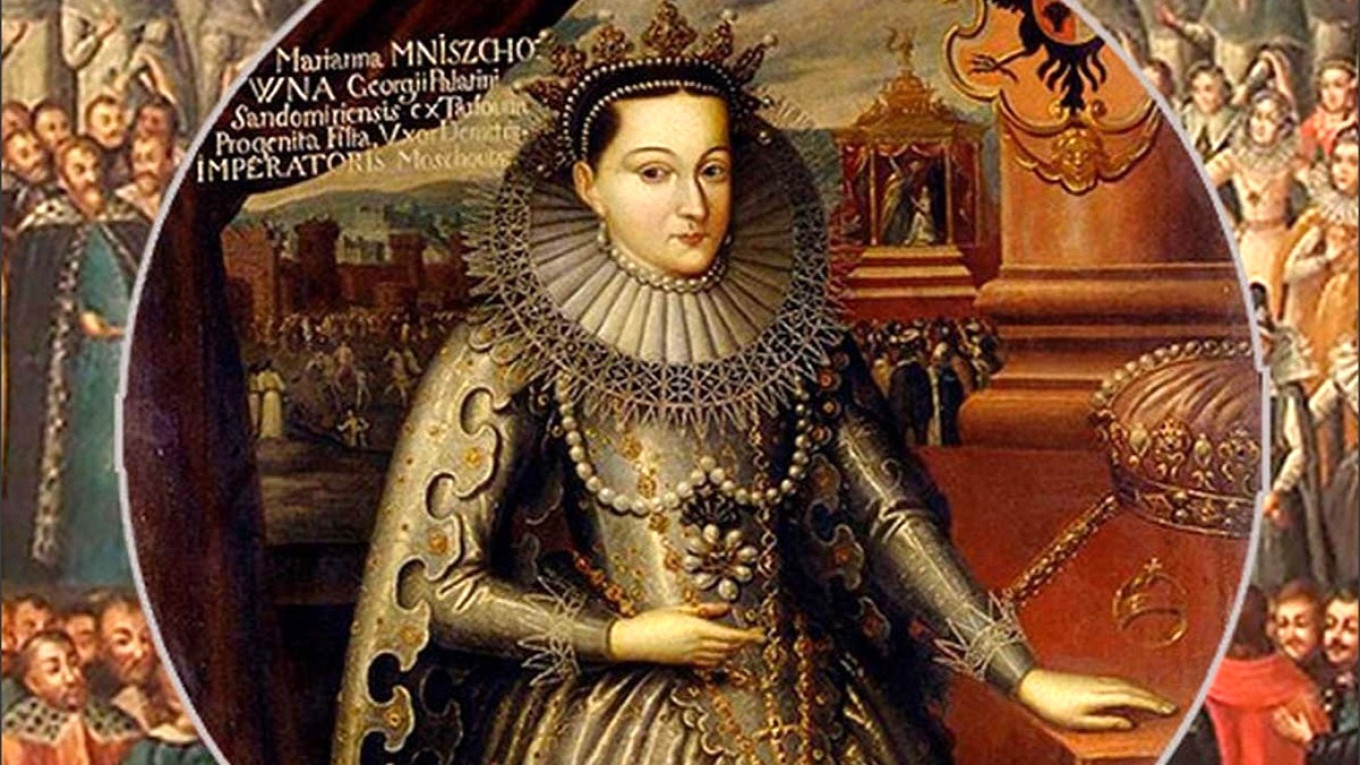
Today it is widely believed that our ancestors only became acquainted with forks during the Time of Troubles from 1598 to 1613, when Russia was left without a tsar. Supposedly Marina Mniszech (the wife of the first “False Dmitry” — one of several imposters claiming the throne) brought them to Russia and shocked the Russian boyars and clergy with this devilish innovation.
Of course, this is just a myth. Forks were used in Russia long before that. They were clearly not in widespread use, but the nobility did use them. The aforementioned Austrian von Buchau writes that in Moscow in the second half of the 16th century, people mostly ate and drank from wooden dishes. Tin dishes and plates were rare. But forks were already in use at that time (and this was 30 years before False Dmitry).
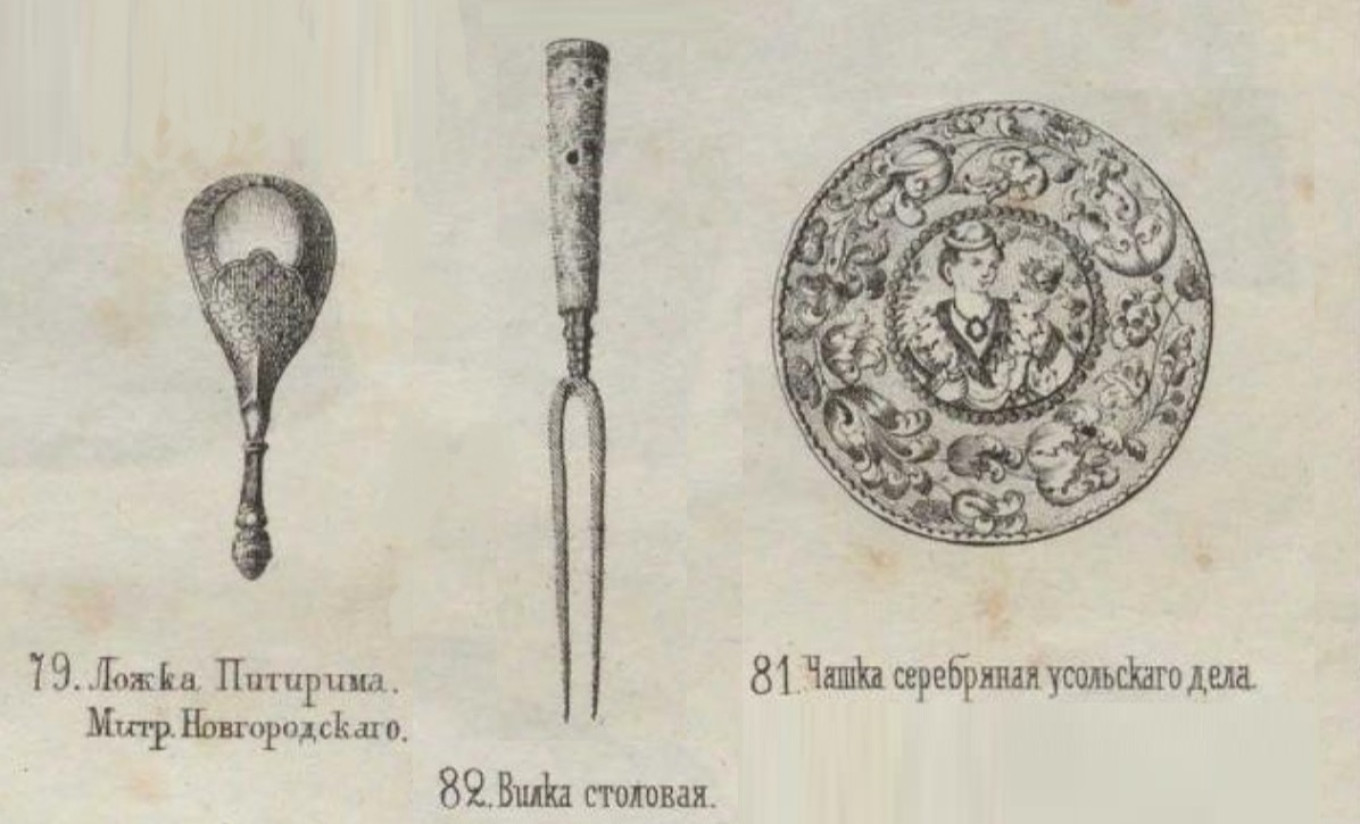
This makes you wonder about the tales people tell today about the past. Would any of Ivan the Terrible's courtiers have dared to accuse him of using a “spawn of the devil” — that is, a fork? We know that the tsar knew how to use a fork. Count Mikhail Vladimirovich Tolstoy, in his work Russian Relics and Antiquities (1861), provides a list of items stored in the sacristy of the Church of the Annunciation in the Pskov-Pechersk Monastery. Among other things, it lists items that belonged to Ivan the Terrible: “a saddle with caparison, a powder flask, a knife, a fork, and a bone spoon in a silver setting.”
That said, time passed slowly back then. Even 100 years later, Austrian diplomat Baron von Meyerberg recalled his 1661 mission to Moscow. He noted that many wealthy people had pewter tableware, spoons and forks, which were only provided to distinguished and honored guests.
In fact, the fork only became an essential utensil in wealthy households at the end of the 17th century at the beginning of the Petrine era. As Russian writer Dmitry Grigorovich points out in his work “The History of Tsar Peter the Great” (1860), Peter I's cutlery always included a wooden spoon with an ivory handle; a small knife; and a knife, a fork, and a spoon with green bone handles. If the tsar dined at someone else's house, he always brought his own cutlery.
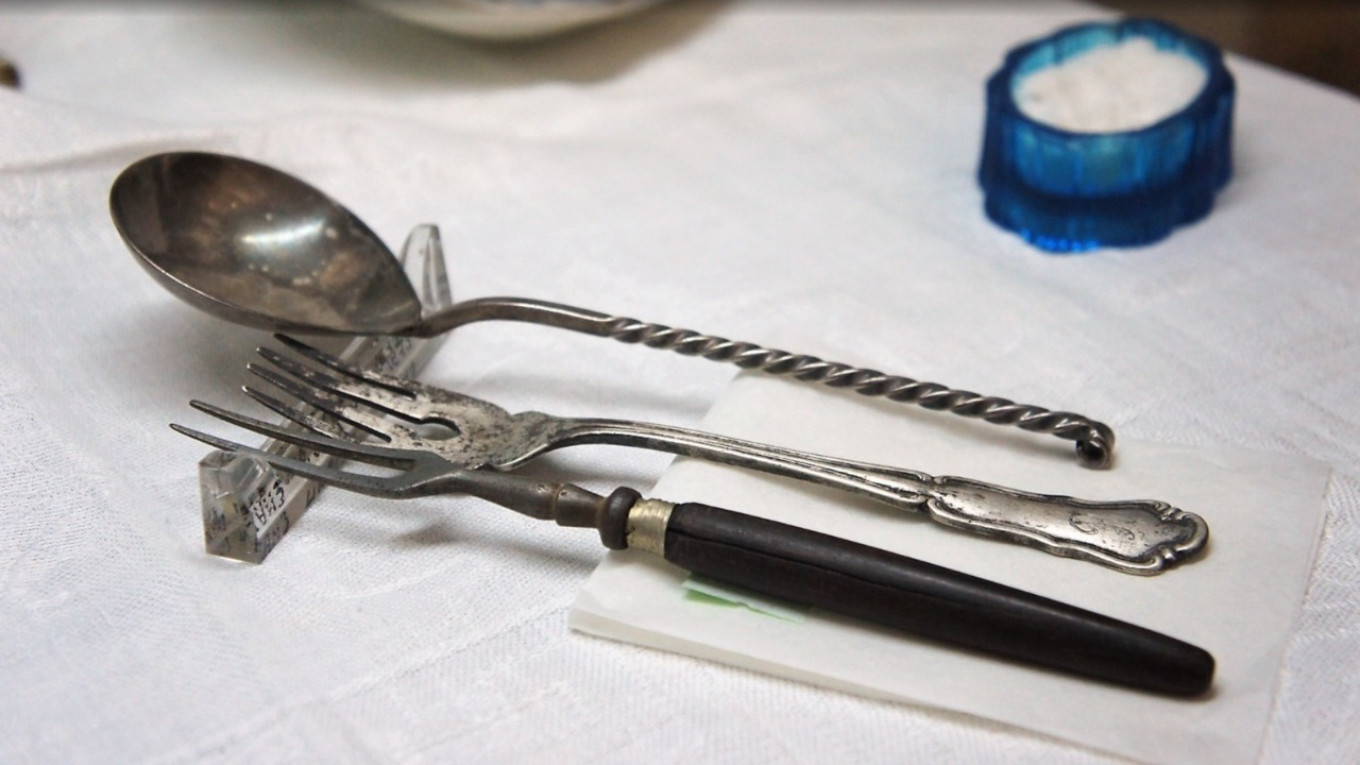
However, the fork wasn’t the only indicator of civility at the Russian table. There is ample evidence that even at the tables of tsars and boyars, guests had to eat from a single dish in pairs or even in groups of four. For example, in his “Notes on Muscovy,” Herberstein describes in glowing terms a feast of Grand Duke Vasily III of Moscow:
"On our table, as undoubtedly on all the other tables except those of the sovereign and his brothers, there was one dish for every four people. Next to it were small bowls containing vinegar, pepper and salt... it was all arranged so that every four guests had a set of three little bowls accessible to them."
In a description of the lavish feasts of a later era, Russian historian Nikolai Kostomarov noted:
“Fish pies were served; then bowls of a hot, red-colored soup seasoned with saffron and pepper were served with two spoons placed next to each bowl; two people ate from one bowl.”
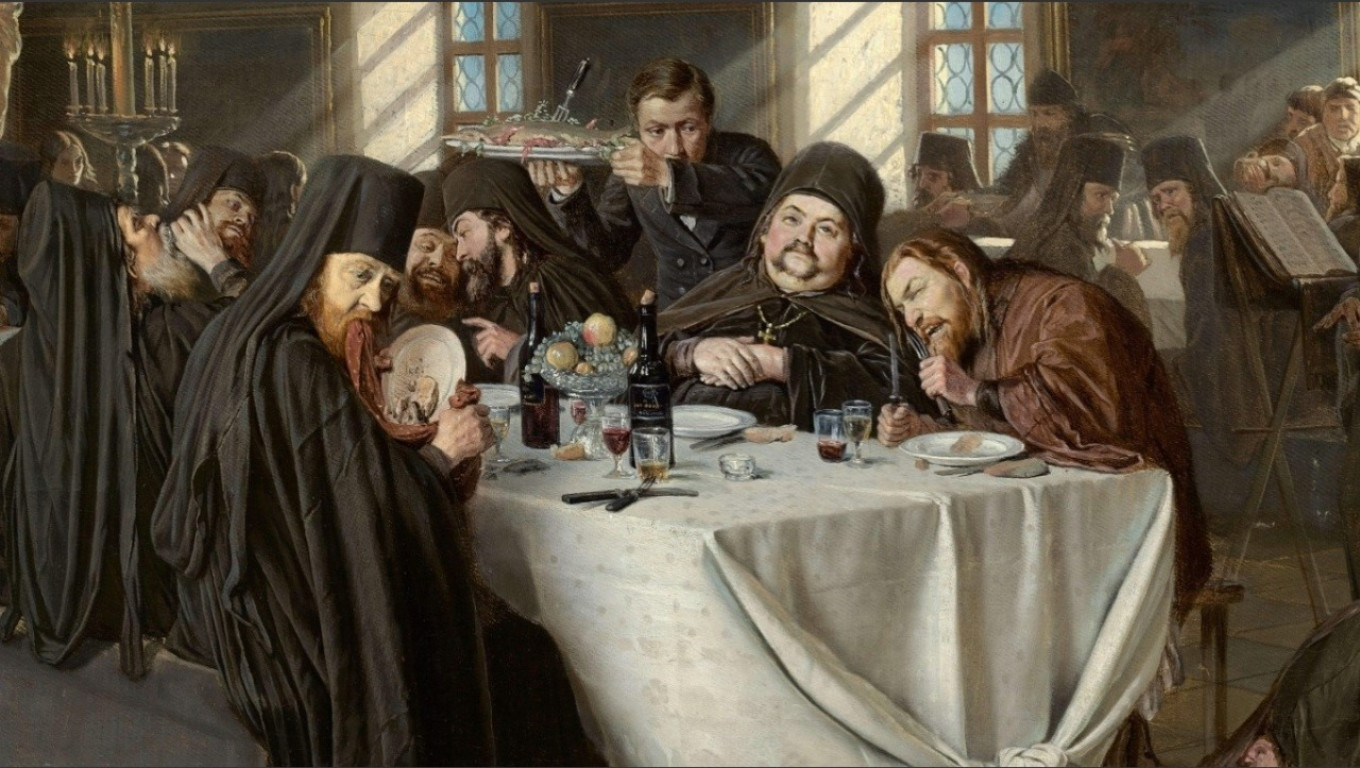
The most interesting thing is that this custom was so widespread that it even entered the Russian language as a special expression. “To sit in the dish” means to sit at the same table and eat from the same dish. "A table was set for the archbishop alone across from the table where the monks sat. The abbot and the elder Filaret sat in the dish with him." This is a quote from the housekeeping book of the Kirillo-Belozersky Monastery (1622). What would a reader today make of this if they don’t know the customs and language of that era?
Today we’ll make a dish that requires neither forks nor plates: small pies called “kalitki” topped with salmon. During the time of Ivan the Terrible there were, of course, no potatoes in the land. But what's stopping us from making our kalitki tastier?
Kalitki With Salmon
For 10 kalitki
Ingredients
For the dough
- 200 g (1 2/3 c) rye flour
- 50 ml (3 ½ Tbsp) kefir with 3.2 % fat content
- 50 ml (3 ½ Tbsp) water
- 1/2 tsp salt
For the filling
- 750 g (1 2/3 lb) potatoes
- 40 g (generous 3 Tbsp) butter
- 100 ml (scant ½ c) milk
- Salt to taste
For the sauce
- 2 tablespoons 20% fat sour cream
- 1 egg
For the garnish
- 150 g (5 oz) lightly salted salmon
- 2 green onion stalks
Instructions
- Peel the potatoes and boil until tender (about 25-30 minutes), then drain.
- Heat the milk in a saucepan (do not bring to a boil) and melt the butter in it.
- Mash the potatoes, pour in the heated milk with butter, add salt to taste and mix until smooth.
- Preheat the oven to 200°C /390°F.
- Pour the flour and salt into a bowl and mix. Pour in the water and kefir, knead the dough with your hands until smooth and elastic.
- With your hands roll the dough into a long sausage, cut into 10 equal pieces, and use a rolling pin to roll each piece into a round pancake.
- Place the mashed potatoes (about 2 tablespoons) in the center of the pancake and spread evenly over the surface, leaving about 1.5-2 cm ( ½-1 inch) of dough around the edges. Fold the edges of the dough over the mashed potatoes, pressing down lightly on the filling and leaving the center uncovered.
- Line a baking sheet with parchment paper and transfer the kalitki to it.
- For the filling, whisk the egg and sour cream together until smooth. Pour the filling over each kalitka. Place the baking sheet with the kalitki in the preheated oven for 10-12 minutes.
- Cut the salmon into thin slices and the green onions into rings.
- To serve, place a piece of salmon on each kalitka and sprinkle with green onion.

After three years of writing for The Moscow Times, we’re sad to announce that this is our last column. But we won’t stop writing and publishing our histories and recipes. Look for TheWeekendKitchen on Patreon.
A Message from The Moscow Times:
Dear readers,
We are facing unprecedented challenges. Russia's Prosecutor General's Office has designated The Moscow Times as an "undesirable" organization, criminalizing our work and putting our staff at risk of prosecution. This follows our earlier unjust labeling as a "foreign agent."
These actions are direct attempts to silence independent journalism in Russia. The authorities claim our work "discredits the decisions of the Russian leadership." We see things differently: we strive to provide accurate, unbiased reporting on Russia.
We, the journalists of The Moscow Times, refuse to be silenced. But to continue our work, we need your help.
Your support, no matter how small, makes a world of difference. If you can, please support us monthly starting from just $2. It's quick to set up, and every contribution makes a significant impact.
By supporting The Moscow Times, you're defending open, independent journalism in the face of repression. Thank you for standing with us.
Remind me later.

